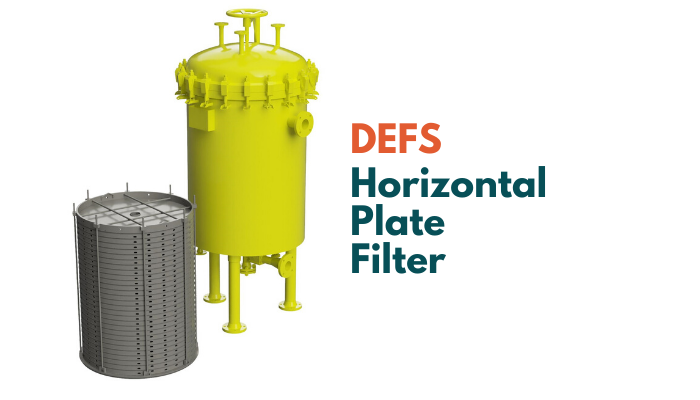A distinction is made between natural and synthetic resins. Natural resins are tree secretions that, unlike gum resins, can only be dissolved in organic solvents such as turpentine oil.
Synthetic resins are mainly used today in the industrial sector. In industry, they serve as a reactive intermediate for the production of thermosetting plastics and are components in paints and adhesives. Synthetic resins can be modified by natural substances, for example, vegetable or animal oils or natural resins.
Impurities in the resins
Virtually all resins and resin solutions are filtered to remove over-polymerized or over-condensed particles that are visible as “fish eyes”, real gels, or as a fine vapour.
Impurities can also be introduced by the raw materials used, such as rosin in modified phenolic resins. Regardless of whether “solid” resins or resin solutions are to be filtered, the temperature should be increased to reduce the viscosity. However, the filtration temperature set by the solubility of opacifying contaminants is limited. If the optimum temperature is exceeded, the filtered liquid can be completely clear at the filtration temperature but will become cloudy again when it cools down.
For this filtration application, the best option is a Horizontal Plate Filter, which is very often used for batch operations.
Horizontal plate filters have round horizontal positioned filter plates which are inserted in a pressure-vessel. Due to the closed design, leakage losses are avoided even with very thin or volatile substances, and safe work is guaranteed even with toxic or flammable substances.
The main advantages of horizontal plate filters in the area of resin filtration are:
- Filtration temperatures up to 175ºC
- Stable cake, no premature dropping of the filter residue.
- Interruptions on the filtration and pressure fluctuations do not affect the cake; this makes it possible to filter multiple batches without cleaning.
- The filter cake can be washed, extracted and dried.
- Use of economical filter materials
- No product loss due to residual volume filtration without additional filters.

